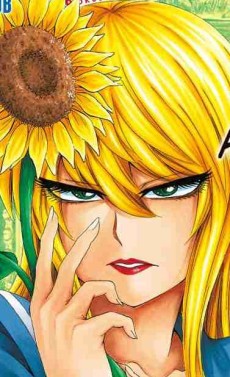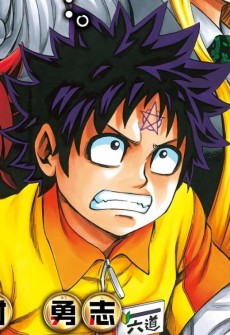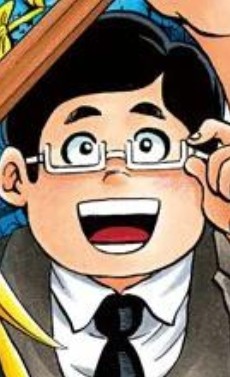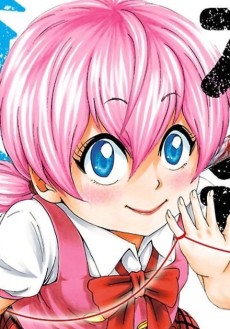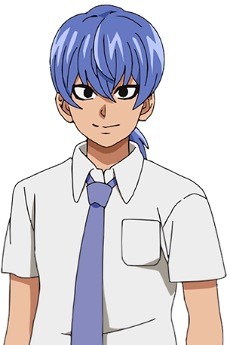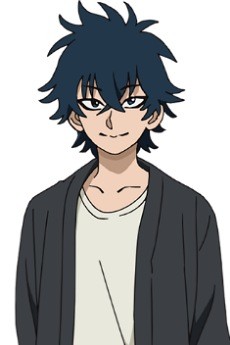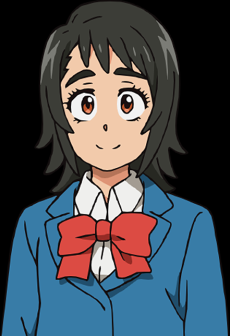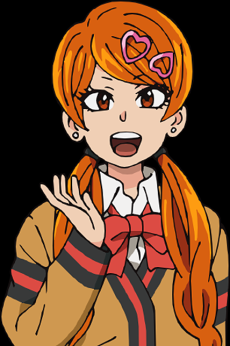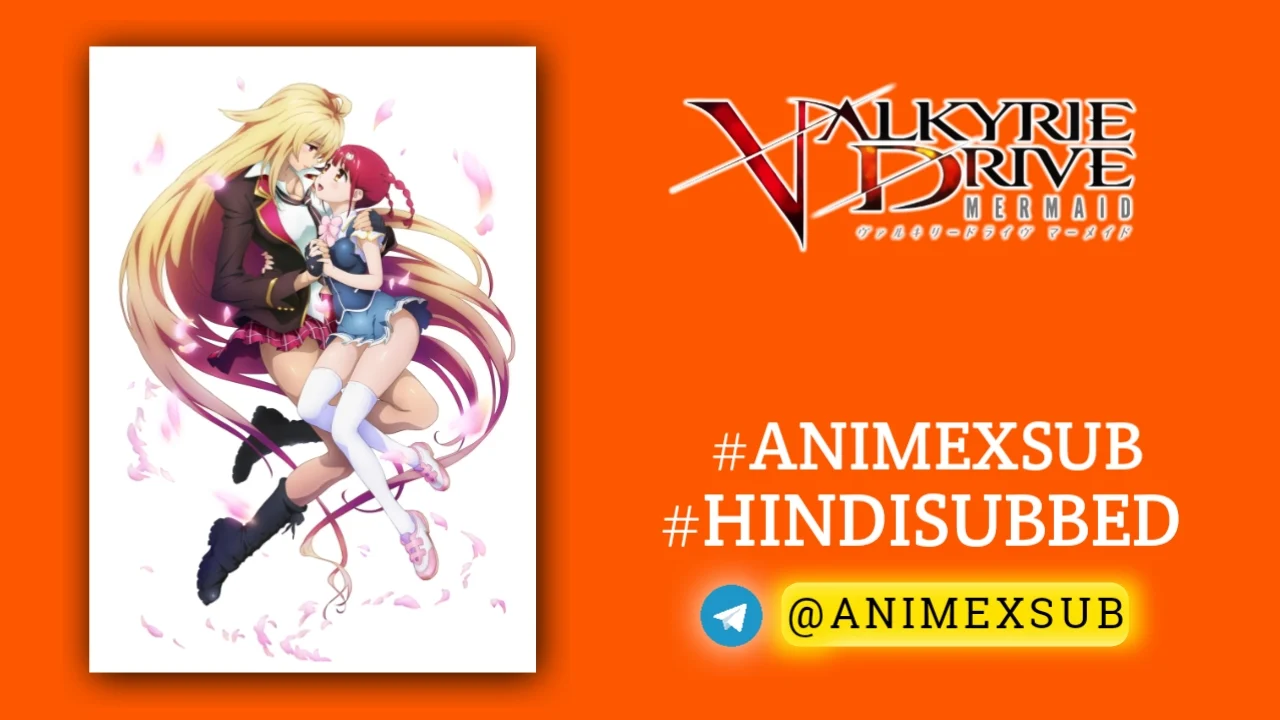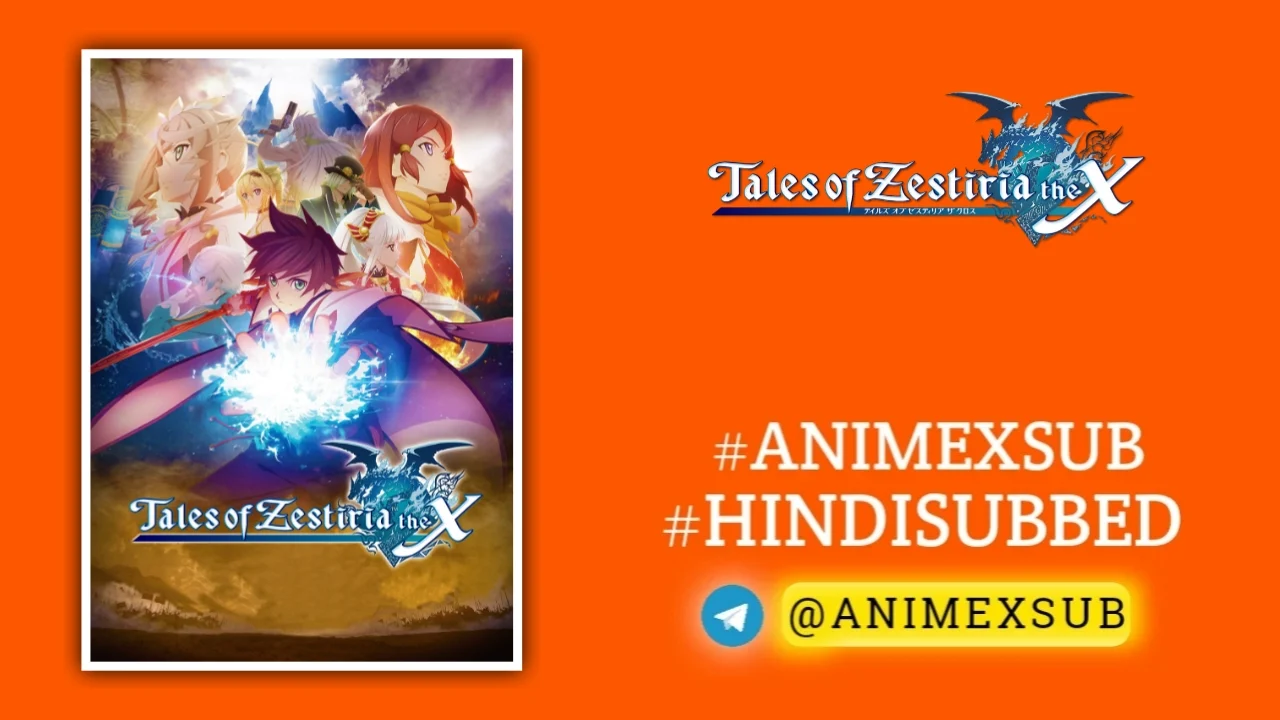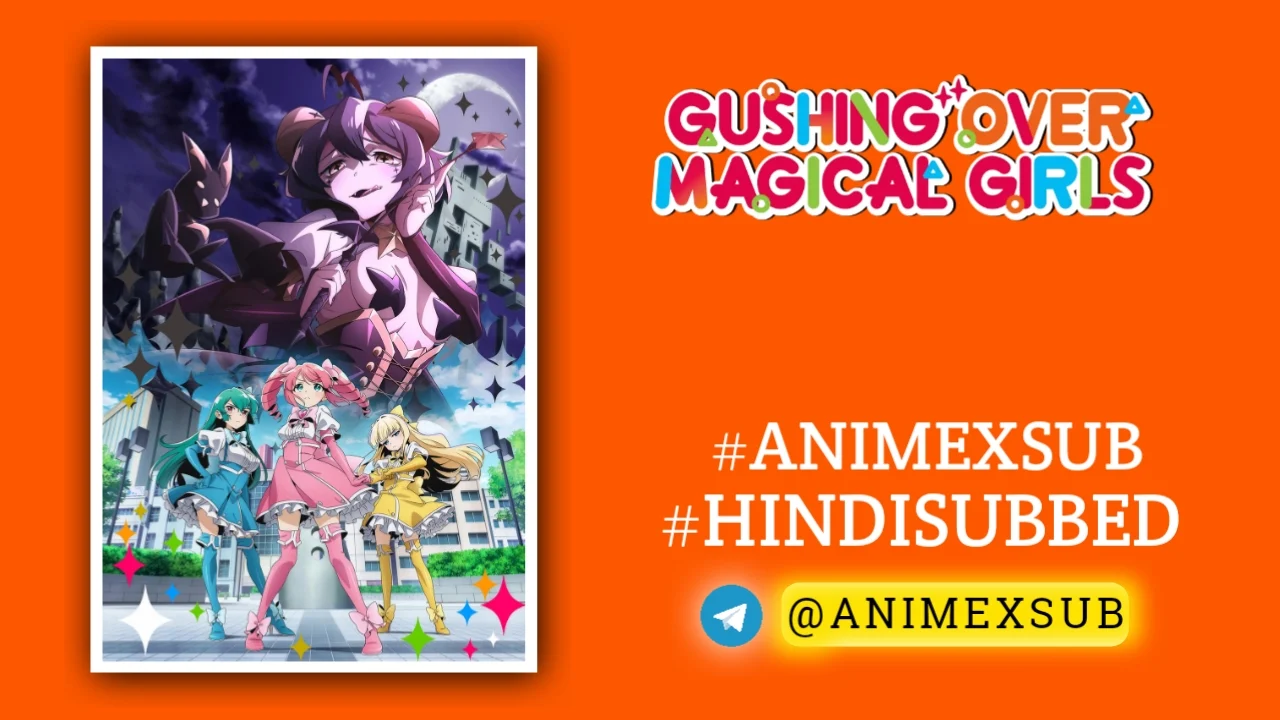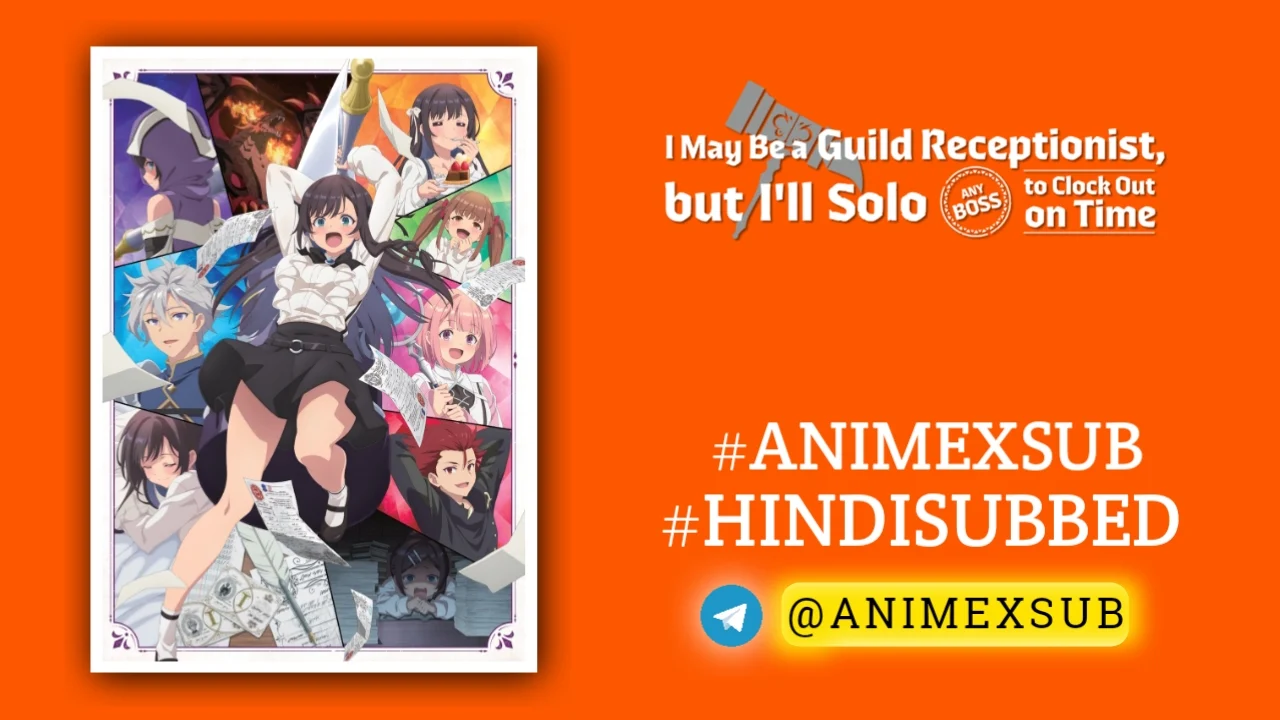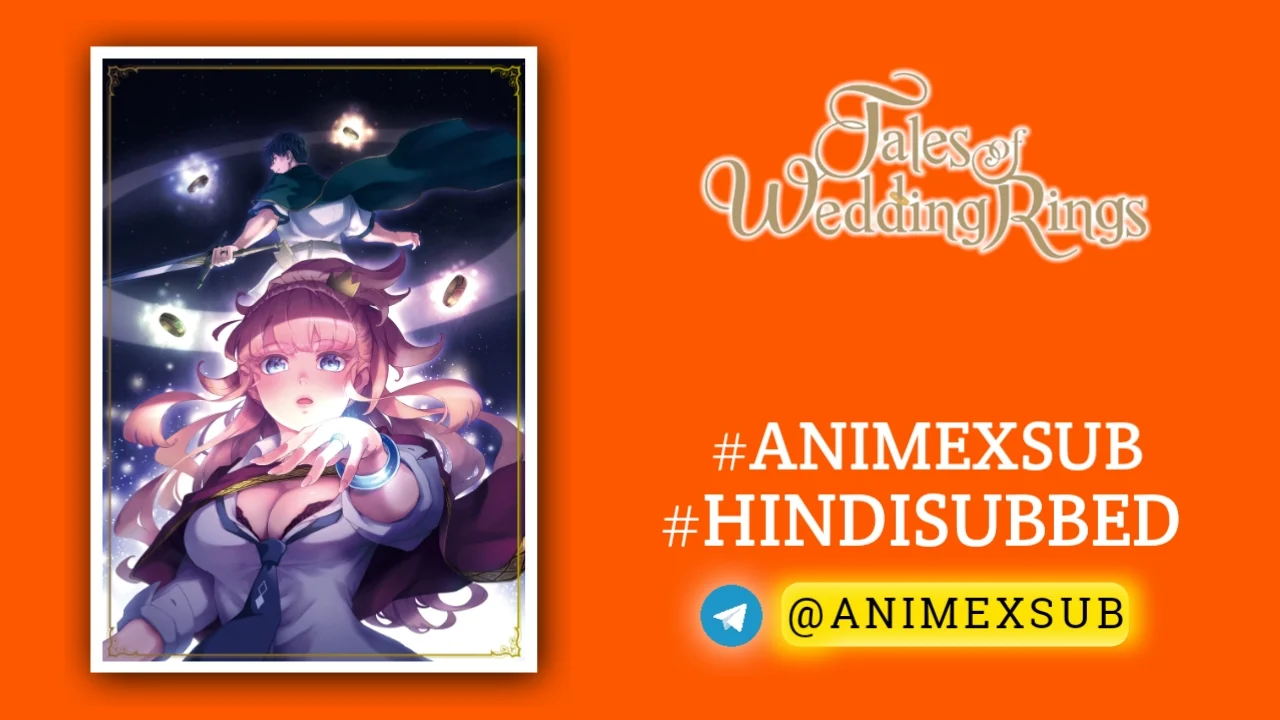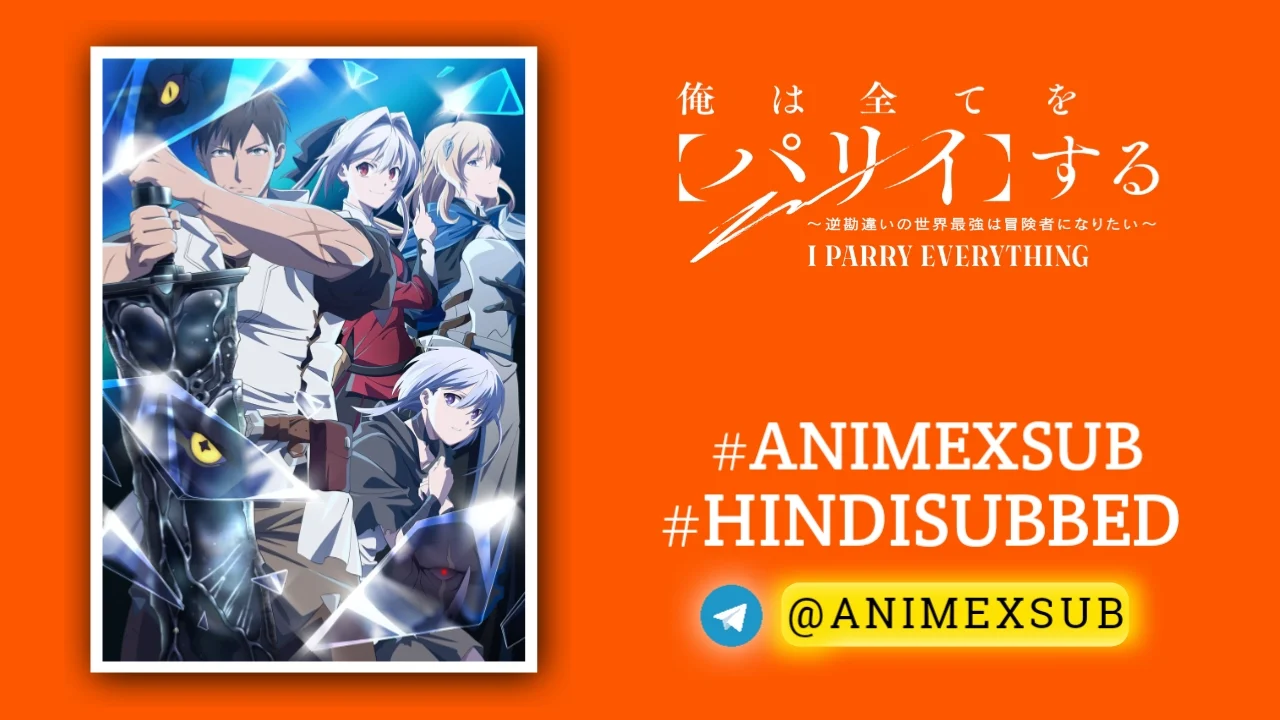
Rokudo’s Bad Girls Hindi Subbed [12/12] | Rokudou no Onna-tachi Hindi Sub!!
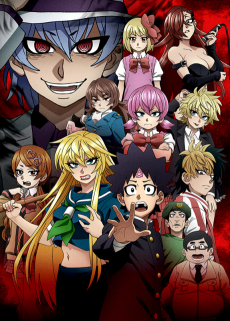
Rokudou no Onna-tachi
Rokudo's Bad GirlsSynopsis
Rokudou’s miserable days of being picked on have taken a major turn with a new ability that’s made him the target of every delinquent girl’s affection. The source? A mysterious scroll from his late grandfather, an unusual inheritance to say the least. Now he’s in a romantic panic full of nonstop madness with every bad girl he comes in contact with. Will he ever catch a break? (Source: Crunchyroll)
Watch Trailer
Characters
Rokudo’s Bad Girls Season 1: A Subversive Take on Delinquency, Magic, and Masculinity
Rokudo’s Bad Girls (Rokudō no Onna-tachi), a 2023 anime adaptation of Yūji Nakamura’s manga, is a curious blend of shonen action, harem comedy, and social commentary that dares to tread where few anime venture. Across its 12-episode first season, the series delivers a narrative that oscillates between absurd humor, heartfelt character growth, and a surprisingly nuanced exploration of power dynamics, gender roles, and personal agency. While it doesn’t always stick the landing, its ambition to subvert expectations and challenge conventional tropes makes it a standout in the crowded Spring 2023 anime lineup. This review dives deep into what makes Rokudo’s Bad Girls Season 1 a unique, if imperfect, gem—without resorting to hype or promotional fluff.
The Premise: A Magical Twist on Delinquent Tropes
At its core, Rokudo’s Bad Girls follows Tousuke Rokudou, a timid first-year student at Amori High, a school overrun with delinquents. Bullied relentlessly alongside his two equally ostracized friends, nicknamed “Chief” and “Colonel,” Tousuke yearns for a peaceful school life. His fortunes shift when he inherits a mysterious scroll from his late grandfather, an onmyouji artifact meant to ward off demons. Instead, in a modern twist, the scroll’s magic marks Tousuke with a pentagram on his forehead, granting him an unintended power: every “bad girl” who locks eyes with him falls hopelessly in love.
The first episode introduces this premise with a mix of slapstick and intrigue, as Tousuke’s newfound ability draws the attention of Ranna Himawari, a sukeban (delinquent girl) so fearsome she’s dubbed a “monster” for singlehandedly dismantling rival gangs. What begins as a seemingly straightforward harem setup—nerdy boy attracts tough girls—quickly evolves into something more complex, as the series grapples with the ethical implications of Tousuke’s power and his journey to define his own strength.
Strengths: Deconstructing Power and Gender
1. A Fresh Spin on the Harem Genre
Unlike traditional harem anime, where the protagonist is often a blank slate for female affection, Rokudo’s Bad Girls uses its magical premise to question the morality of involuntary attraction. Tousuke is acutely aware that the scroll’s spell robs girls of their agency, and this discomfort drives much of his character arc. Rather than exploiting his power, he seeks to “rehabilitate” the delinquent girls, helping them find purpose beyond violence. This approach sidesteps the sleazy pitfalls of many harem shows, though it occasionally stumbles into its own problematic territory (more on that later).
The series’ focus on delinquent girls—sukeban with bokken, motorcycle-riding rebels, and gang leaders—adds a refreshing twist. These are not damsels in distress but formidable women with agency, backstories, and flaws. Characters like Himeno Azami, a cop-cosplaying speed demon, and Osanada, a reformed gang leader, bring diversity to the cast, each representing different facets of delinquency and personal struggle.
2. Tousuke’s Growth as a Relatable Protagonist
Tousuke starts as a stereotypical “spineless” protagonist, but his evolution is one of the season’s highlights. Rather than relying on the girls to fight his battles, he takes up kung-fu under the tutelage of Ling Lan, a martial artist with her own complex motivations. His refusal to stay a bystander, even when outmatched, earns him respect from former bullies and allies alike. A standout moment comes in Episode 7, where Tousuke faces off against Iinuma, a former weakling turned ruthless gang leader. The fight, though physically one-sided, showcases Tousuke’s tenacity and his refusal to let the scroll define his worth.
This growth culminates in the season finale, where Tousuke risks everything to stop Ranna from a destructive path orchestrated by the Onishima Alliance’s leader, Douji. His declaration that “true manliness is cute”—a line that could feel corny in lesser hands—lands as a genuine rejection of toxic masculinity, emphasizing empathy and courage over brute strength.
3. Social Commentary on Delinquency and Redemption
The series uses its delinquent setting to explore themes of redemption and societal pressure. Amori High is depicted as a microcosm of chaos, where strength dictates status, and weakness invites predation. Through Tousuke’s interactions, the show questions whether delinquency is inherent or a product of circumstance. Characters like Iinuma, who clawed his way to power to escape his own victimization, and Ranna, whose violent tendencies stem from a traumatic childhood, highlight the cycle of pain that fuels delinquent behavior.
The scroll’s magic, while problematic, serves as a metaphor for influence and responsibility. Tousuke’s efforts to guide the girls toward better paths—without fully erasing their fiery spirits—suggest that change is possible without stripping away identity. This is particularly evident in Ranna’s arc, where her pacification by magical beads reveals a softer side, hinting at a suppressed humanity rather than a complete overhaul of her character.
4. Visual and Stylistic Throwback
The animation, handled by Satelight, embraces a ‘90s-inspired aesthetic with thick linework, bold colors, and a gritty edge that suits the delinquent vibe. While some criticize its “blocky” or “cheap” look, the retro style complements the show’s throwback sukeban aesthetic and distinguishes it from the polished sheen of modern anime. The action scenes, though not groundbreaking, are kinetic and satisfying, particularly Ranna’s bokken-swinging rampages and Tousuke’s clumsy-but-determined kung-fu bouts.
Weaknesses: Stumbling Over Its Own Ambition
1. Ethical Quandaries and Unresolved Subtext
The scroll’s love-inducing spell is a double-edged sword. While the show acknowledges its ethical issues, it doesn’t fully explore the implications of Tousuke essentially mind-controlling girls. Ranna, in particular, suffers from this ambiguity. Her affection for Tousuke feels genuine at times, but the lack of clarity about whether her feelings are spell-induced or authentic leaves her arc unsatisfying. As noted in an Anime Feminist review, the spell’s effect—making brash girls “servile” to Tousuke—carries a misogynistic undertone that the show doesn’t adequately address.
2. Rushed Pacing and Underdeveloped Characters
Covering roughly nine volumes of the manga in 12 episodes, the anime’s breakneck pace sacrifices depth for breadth. Ranna, despite being the ostensible leading lady, remains underdeveloped, serving more as a plot device than a fully realized character. Her backstory, revealed late in the season, hints at a tragic past but lacks the screen time to resonate. Other girls, like Azami and Osanada, get fleeting moments of depth but are often reduced to their delinquent archetypes. As a Reddit user pointed out, “We should not have to wait till the season finale for [Ranna’s] character to actually be developed.”
3. Inconsistent Tone
Rokudo’s Bad Girls struggles to balance its genres. The shift from slapstick harem comedy to serious gang drama can feel jarring, especially in later episodes when the Onishima Alliance’s schemes take center stage. The show’s attempt to be both a lighthearted rom-com and a gritty delinquent saga results in moments where the humor undercuts the drama, or the drama feels unearned. For instance, Episode 10’s intense confrontation with the Ryuugu girl gang is followed by a comedic interlude that dilutes the stakes.
4. Art Style Polarization
While the retro aesthetic is a strength for some, it’s a barrier for others. Critics on platforms like MyAnimeList and Reddit have called the animation “cheap” or “dated,” with complaints about exaggerated proportions and inconsistent character designs. The thick black lines and stylized eyes (likened to “eyeliner” by one reviewer) can be distracting, particularly in quieter scenes where the art’s quirks overshadow the emotion.
Standout Episodes and Moments
- Episode 1: “Our Dream School Lives Have Begun”
The premiere sets the tone with Tousuke’s transformation from victim to reluctant heartthrob. Ranna’s introduction, complete with her blood-soaked bokken and gap-moe smile, is a highlight that hooks viewers with its absurdity and charm. - Episode 7: “Rokudo vs. Iinuma”
Tousuke’s fight with Iinuma is a turning point, showcasing his growth and the series’ ability to blend action with emotional stakes. Iinuma’s backstory adds depth to the antagonist, making him more than just a cartoonish villain. - Episode 12: “Our Dream School Lives Have Begun”
The finale ties up the Onishima Alliance arc with a chaotic showdown on Amori High’s rooftop. Tousuke’s attempt to save Ranna from her own destructive impulses, while flawed in execution, delivers a satisfying climax that reaffirms his commitment to empathy over power.
Themes and Cultural Context
Rokudo’s Bad Girls taps into Japan’s fascination with yankee (delinquent) culture, a staple of shonen manga since the 1970s. The sukeban aesthetic—long skirts, wooden swords, and fierce independence—evokes classics like Sukeban Deka while modernizing the archetype through magical realism. The show’s exploration of masculinity, particularly Tousuke’s rejection of traditional “tough guy” ideals, feels timely in a post-#MeToo era, though its handling of female agency via the scroll’s spell undercuts some of its progressive leanings.
The series also reflects on the societal pressures that breed delinquency. Amori High’s lawless environment mirrors real-world issues of bullying and social hierarchy, with Tousuke’s journey offering a hopeful, if idealized, path to breaking the cycle. However, the show’s reliance on magical solutions can feel like a cop-out, avoiding deeper systemic critiques.
Reception and Legacy
Season 1, which aired from April to June 2023, received mixed reviews. On MyAnimeList, it holds a modest 5.75/10, reflecting its polarizing nature. Fans on Reddit praised its unique premise and Tousuke’s likability, with one user calling it “a not-shit Takemichi from Tokyo Revengers,” highlighting its appeal to those who enjoy underdog protagonists. Critics, however, slammed its ethical issues and rushed pacing, with Anime News Network labeling it “Rokudo’s Bad Show” for its failure to fully capitalize on its potential.
Despite its flaws, the anime serves as a gateway to Nakamura’s manga, which offers more depth and slower pacing across its 26 volumes. As noted by Apartment 507, the adaptation’s fast pace makes Tousuke’s growth feel “less earned” but still captures the manga’s charm. For viewers intrigued by the anime, the manga provides a richer exploration of Ranna and the supporting cast.
Final Verdict: A Flawed but Fascinating Experiment
Rokudo’s Bad Girls Season 1 is a bold, messy attempt to blend harem comedy, delinquent action, and social commentary. Its strengths—Tousuke’s relatable growth, a subversive take on gender roles, and a nostalgic aesthetic—make it a compelling watch for those willing to overlook its flaws. However, its rushed pacing, underdeveloped characters, and uncomfortable ethical subtext prevent it from reaching greatness. The series is at its best when it leans into its absurdity and heart, as seen in Ranna’s gap-moe moments or Tousuke’s earnest stand against bullying.
For fans of delinquent anime like Tokyo Revengers or harem comedies with a twist, Rokudo’s Bad Girls offers enough novelty to warrant a watch. Yet, it’s the manga’s deeper character work that truly shines, making the anime a flawed but enticing appetizer. Season 1 leaves viewers with a cliffhanger—Ranna’s unresolved fate and the lingering threat of the Onishima Alliance—hinting at potential for growth if a second season materializes. Until then, this is a show that’s as frustrating as it is fascinating, a rough diamond in a season of safer bets.
Rating: 7/10
Watch it for: Unique premise, sukeban aesthetic, and Tousuke’s.
Skip it if: Ethical issues or inconsistent pacing are dealbreakers.
Where to watch: Crunchyroll, Prime Video, Apple TV, YouTube TV.
Support Our Anime Community!
Love watching the latest anime? Help us keep uploading new episodes by join telegram channel ❤️
Join Now!